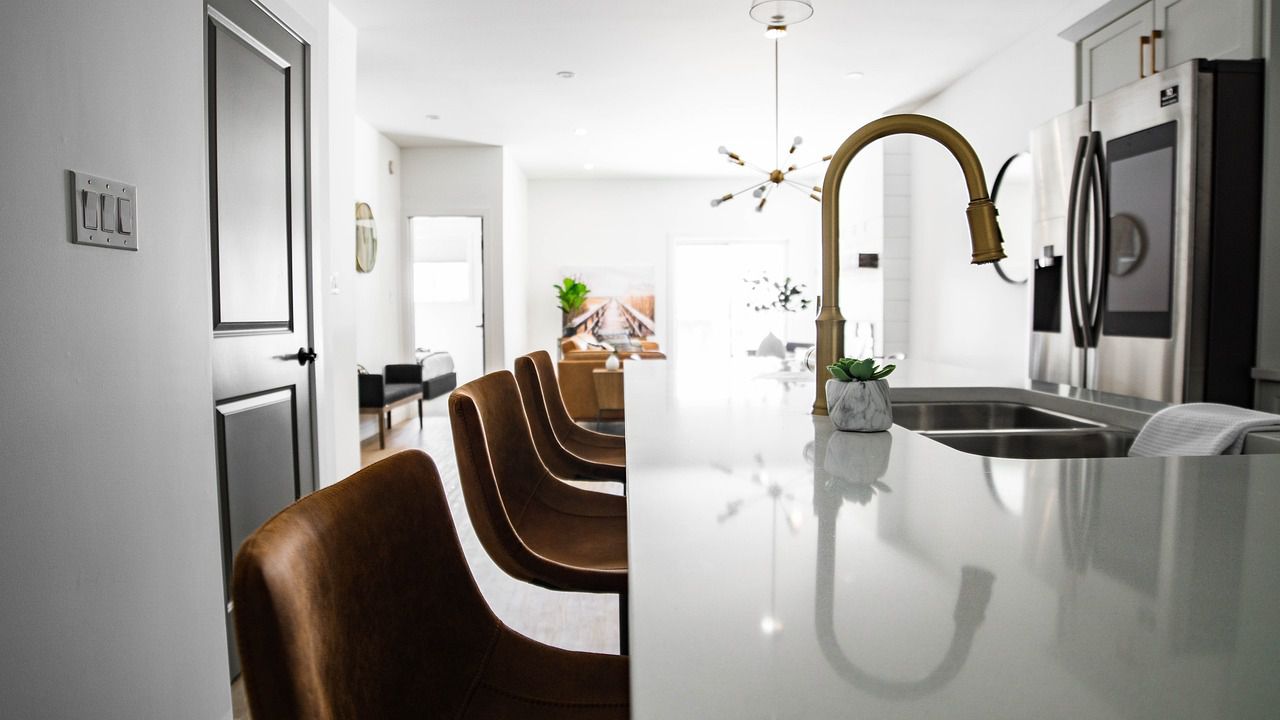If you don't like cooking, or often feel irritated because your kitchen doesn't feel convenient enough, then it's time to change something.
A kitchen can become inconvenient to use for various reasons, and these issues can impact its functionality and user experience.
Here are some common reasons why a kitchen might be inconvenient.
Poor layout and design
One of the most significant factors contributing to a kitchen's inconvenience is a poorly designed layout.
If the placement of appliances, cabinets, and workstations is inefficient, it can lead to wasted space, awkward movements, and difficulty accessing essential items.

Limited counter space
Insufficient counter space can make meal preparation challenging, especially when cooking complex or large meals.
Lack of space can force cooks to constantly clear surfaces, making the cooking process more time-consuming and frustrating.
Inadequate storage
A kitchen with insufficient storage can quickly become cluttered and disorganized.
Not having enough cabinets or pantry space can lead to a lack of proper organization for cookware, dishes, and food items.
Poor lighting
Inadequate lighting in the kitchen can make it difficult to see what you're doing, leading to potential accidents and decreased efficiency during meal preparation.
Difficult-to-clean surfaces
Materials that are hard to clean or maintain, such as porous countertops or difficult-to-reach areas, can make kitchen upkeep more time-consuming and challenging.
Insufficient electrical outlets
In today's modern kitchens, we rely on numerous electrical appliances and gadgets.
A lack of accessible outlets can lead to the inconvenience of having to unplug and replug devices constantly.









